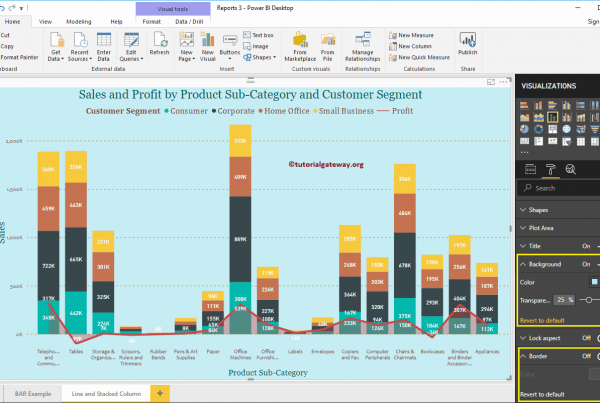A Bad Neighborhood (bad neighborhood in Spanish), denotes a poor neighborhood in which a web portal is located. The website in question is close to sites that violate search engine guidelines or have even been penalized. Being close to a site here means that direct links to the landing page or links from the landing page lead to your own website. Penalties are imposed on unauthorized manipulative techniques, such as keyword stuffing, camouflage or cloaking, the construction of paid links (link building) or the massive exchange of specific links.

General information
Bad neighborhood on the Internet refers to the trust of a domain. This has nothing to do with the IP address, the subnet, or the host, but is related to the quality of the links.
In the past, webmasters and SEOs have often sought to manipulate the backlink profile through selective link accumulation. This was possible thanks to the algorithms used by Google, in particular the PageRank algorithm. Google responded to these techniques, also called black hat SEO, with different algorithm changes and introduced other criteria, such as TrustRank, which is intended to facilitate the identification of spam. [1]
Features
If a misdirected link to the web page in question or if an outbound link goes to a site with quite a few bad links, then that web is considered to be on a bad neighborhood and you will lose the trust of Google. It can be a low quality link if one of the sites violates the guidelines of search engines like Google or Bing. Specifically, techniques such as cloaking, link farming, paid link building, keyword stuffing, or spamming are indicators of one or more violations of these guidelines. A hacked web portal may also be the reason why Google and partner websites consider it a bad neighborhood, as hackers routinely use links that are out of content, which could lead to poor quality sites.
Importance for SEO
In this way, bad neighborhoods can arise due to various factors that can be identified by analyzing the backlink profile. If you want your website to retain the trust of search engines, you will need to make sure that the linked websites follow the Guidelines for webmasters, at the same time that your web portal complies with them. It does not matter if it is an outgoing or incoming link. However, any connection to a bad neighborhood is bad for the "trust link" between search engines and websites. A website that is in a bad neighborhood can jeopardize its ranking or result in being excluded from the search engine index.
Thus, outbound links to suspicious websites should be avoided. In addition, penalties can be imposed on incoming links, even if the link profile has not been actively worked on. For this case, too many inbound links were established from a bad neighborhood. Not all links are the same.
It depends on many different factors, each of which influences the backlink profile. The links on your website can be checked using a link checker. You can also manually compare all inbound and outbound links with a search engine's index. If you want a domain linked to your website and this domain does not appear in the index, it is possible that it is bad neighborhood[2]
As a general rule, a backlink profile should be as 'natural' as possible, as if it were 'organically grown'. The keyword in this context is the link pyramid, a graphical collection of various links that are ranked according to their quality. Ideally, bad neighborhood links should not be contained in the link pyramid.
Web Links






